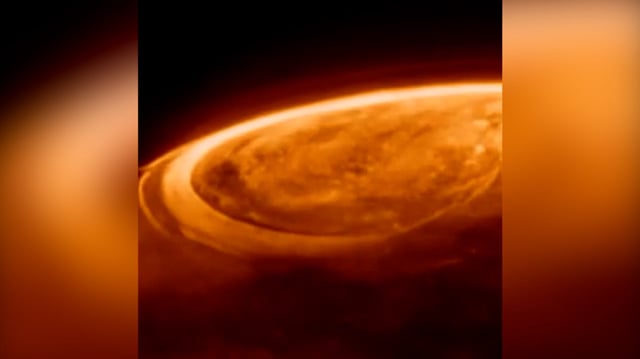Overview
- NASA's James Webb Space Telescope has captured Jupiter's auroras, revealing they are hundreds of times brighter than Earth's and highly dynamic, varying on second-timescales.
- The auroras are fueled by charged particles from solar wind and volcanic ejecta from Jupiter's moon Io, accelerated by the planet's strong magnetic field.
- Researchers observed these auroras using Webb's Near-Infrared Camera (NIRCam) on December 25, 2023, with findings published in Nature Communications on May 12, 2025.
- A surprising anomaly emerged as simultaneous Hubble ultraviolet observations failed to detect corresponding flashes seen by Webb, leaving scientists searching for explanations.
- Future studies integrating data from NASA's Juno spacecraft and additional Webb campaigns aim to unravel the mysteries of Jupiter's auroral mechanisms and magnetosphere.


